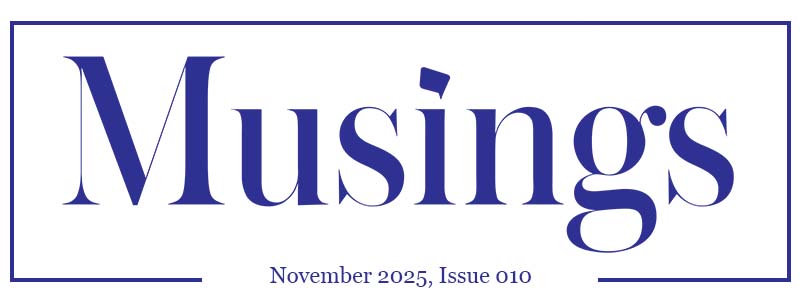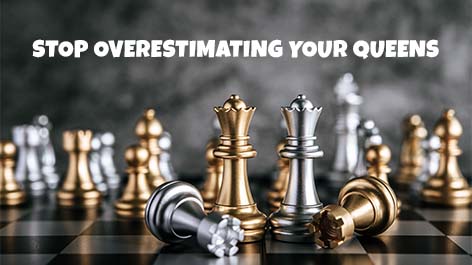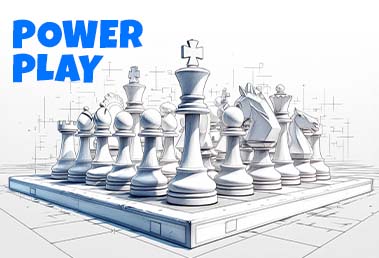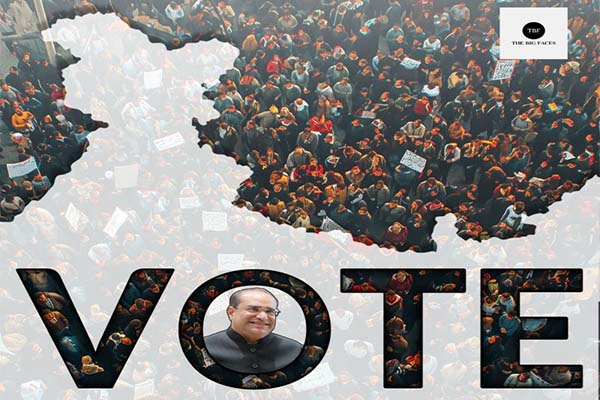Guess which piece is the most powerful on a chessboard. Did you think it was the queen? Now, consider which piece is the least powerful of all. You probably thought of the pawn, didn’t you? Yet, while the queen cannot be promoted to the designation of a king within the hierarchy of the game, the pawn can be promoted to a knight, to a bishop, to a rook, or even to a queen. Even in an ideal scenario, where the maximum number of queens on the chessboard reaches eighteen, the moment either of the kings falls, the game ends.
So, when we look beyond the surface, who do you think is the most powerful? Is it still the queen, or is it the king?
When When we carry forward this analogy in the business context, the results are striking. The “queens” there are, of course, your high-profile executives, your top performers, and your star products, for no matter what someone says, their impact is immediate as well as visible in an organisation. The “pawns”, meanwhile, may be your entry-level talent or small-scale projects.
And the king? Sorry to break it to you, but it cannot be your customer here, because the king makes every other piece on the chessboard effective, and your customer relationships don’t hold that power yet. What holds that game-deciding power, instead, is your organisation’s vision, foundational leadership, and purpose, even when it may look like they are limited in influence.










